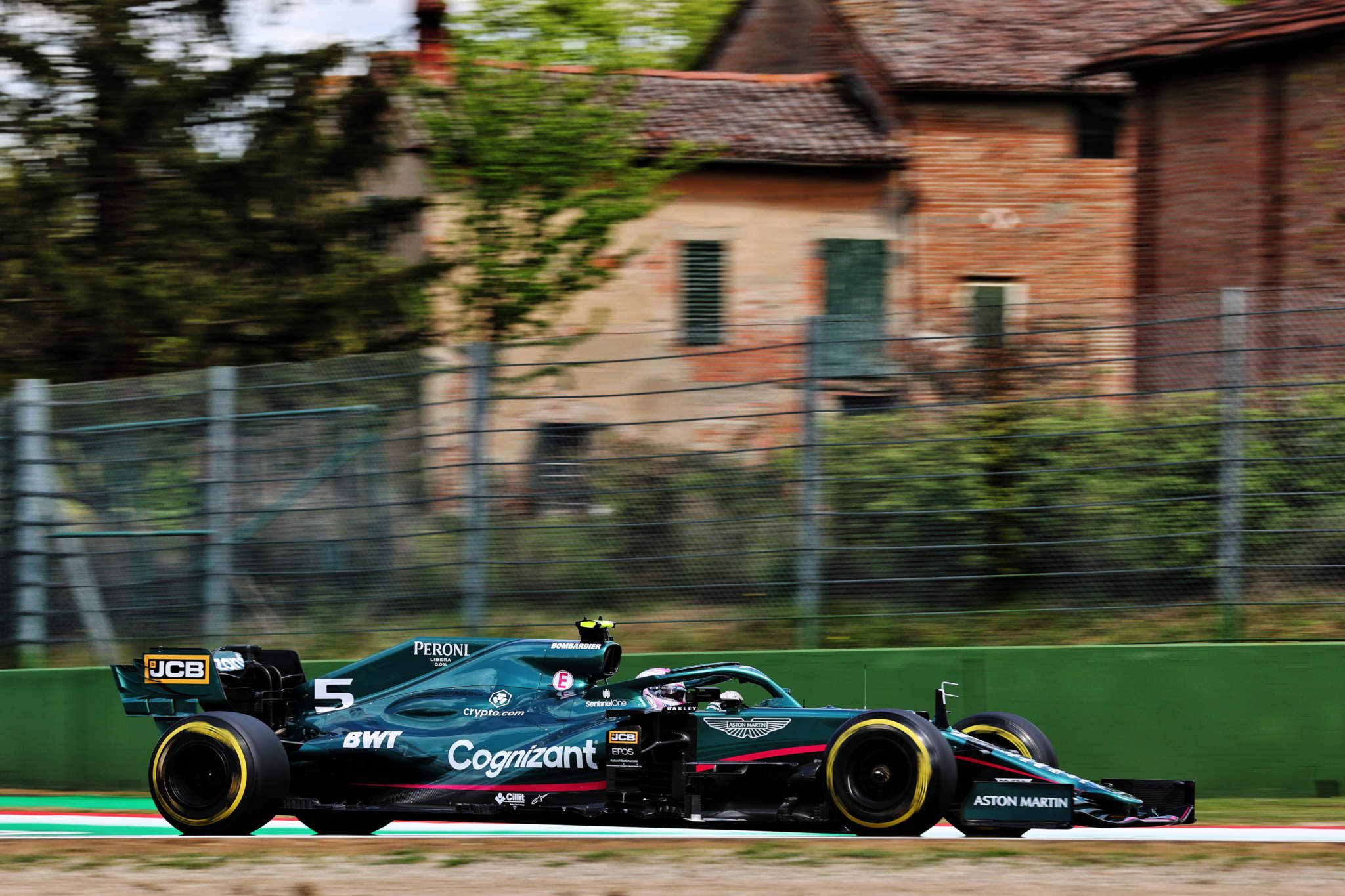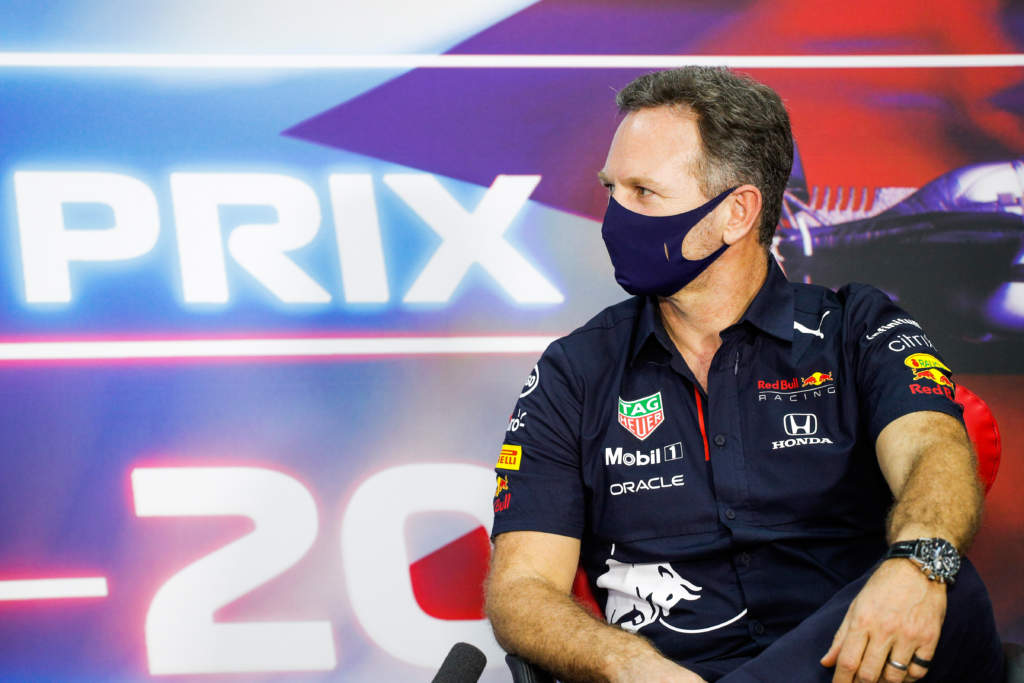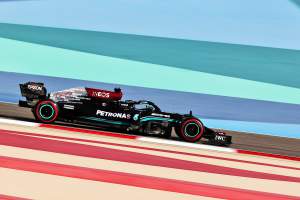Up Next

Red Bull Formula 1 boss Christian Horner believes Aston Martin is “a little bit naive” to want in-season aerodynamic rules changes in response to its 2021 setback.
Aston Martin and Mercedes believe that their greater performance losses from 2020 relative to the opposition are down to a quartet of aero changes that have hurt their lower-rake cars more than the others.
At the season-opening Bahrain Grand Prix, Aston team boss Otmar Szafnauer suggested the low-rake Aston Martin had lost a second more than its higher-rake rivals.
Szafnauer wants the FIA to consider a further rule change this year to undo that damage.
The team is expected to discuss the issue with the FIA this weekend at Imola, to question the process behind the rule changes and what can be done to help the teams that have been hurt most by them.
Horner, whose Red Bull team took pole position in the season opener having finally started a championship with a quicker car than Mercedes, said he was “slightly surprised” to hear of Szafnauer’s suggestion of a rule change to help the lower-rake cars.
He said he had “heard rumblings” but nothing so blatant as that.
“We have had a sample of one, where Mercedes won that race with what you would classify as a low rake car,” Horner told Sky.
“They had absolutely equal, if not better, tyre degradation than we had in Bahrain. They’ve looked mighty impressive here and we’ve only run at one circuit so far.
“But ignoring all of that, there is a process for regulations to be introduced and they were voted through unanimously through the different regulations, Aston Martin or Racing Point would have had to vote for before being passed through the Formula 1 Commission and the World Motor Sport Council and they were all voted through unanimously.
“When there was a front wing change a couple of years ago, it really hurt us. We voted against it but you just have to accept it.
“So, it would seem a little naive to think that the rules are suddenly just going to get changed after the sample of a single race, after the process has been fully followed, I’m struggling to get my head around that.”
Teams did unanimously agree that the downforce should be reduced for 2021 although the actual process for deciding on the specific ways to achieve that was done by a majority.
The teams discussed with F1 and the FIA how to cut around 10% of downforce from the rear of the cars because Pirelli was unable to develop a new construction amid the COVID-19 pandemic.

But after the full suite of floor changes had been committed to, Pirelli announced it would be able to make a small change to its tyres for 2021 after all, to increase the integrity of the tyres and allow the much-criticised high starting pressure minimums being lowered.
So while all four aero changes were at least agreed to by a majority of teams, the wider process of cutting downforce had unanimous support, there is some doubt that the supposed safety reasons covered up a performance-based agenda – plus a suggestion that this should be left entirely to the FIA and have no involvement from F1 itself.
One theory is that Mercedes – which voted for all four of the eventual aero changes – was targeted by the new rules and Aston Martin was collateral damage, and Horner did admit that F1 has a record of targeting the best performers and pulling them back.
“That’s the nature of the game, whether it was blown diffusers, double diffusers, flexi wing, non-flexi wing, F-ducts, front wing regs just a couple of years ago,” said Horner.
“It’s part of Formula 1, the regulations evolve and change and you’ve got to swing with those punches. That is Formula 1.
“We’ve got a big regulation change for next year, but the teams have known that. It’s been part of the sport for many, many years.”





